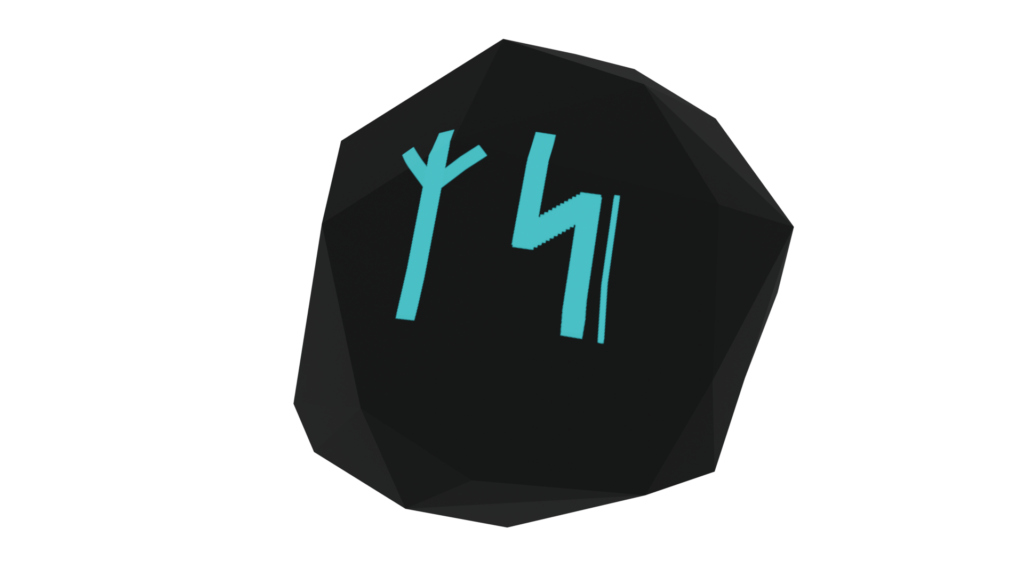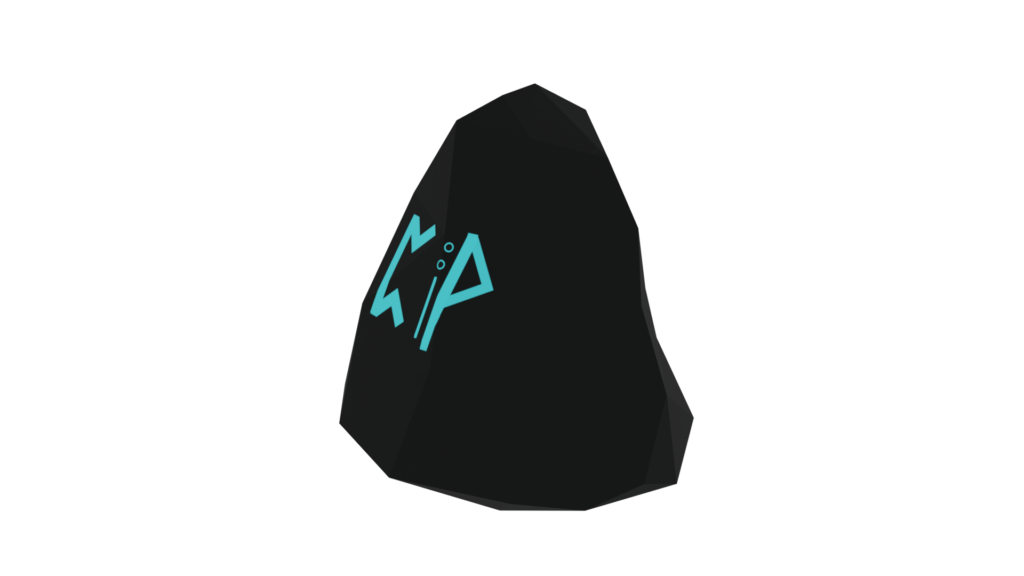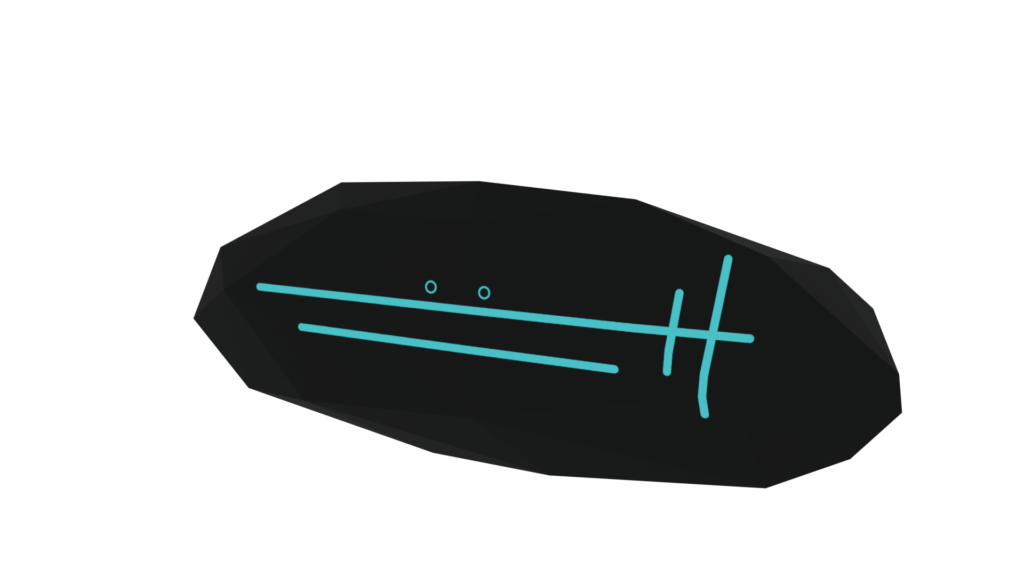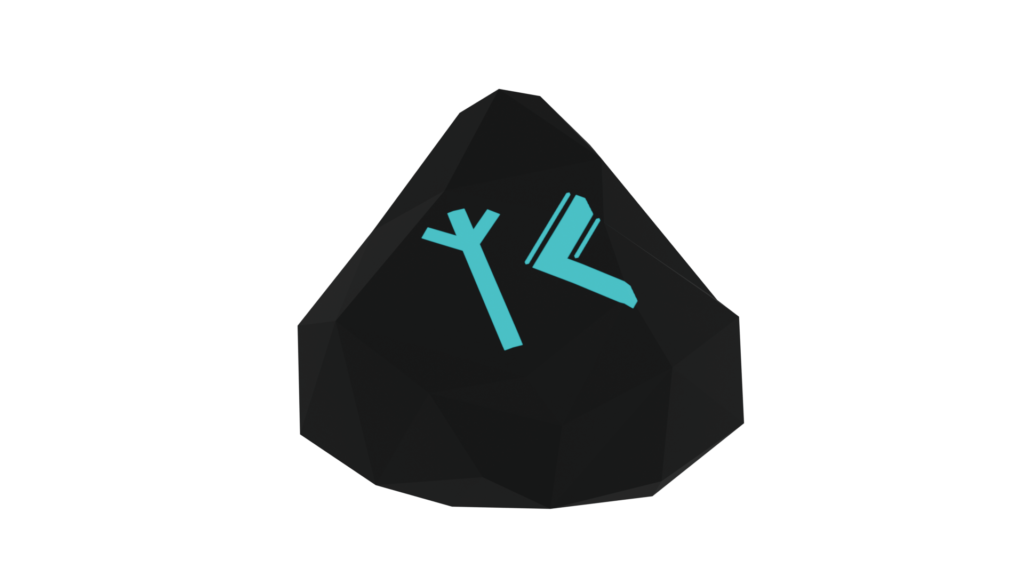A strategic digital trading card game where two players face off using decks of cards called avatars and runes. The goal is to reduce your opponent’s Nexus Gauge (NG) to zero before they reduce yours. Players battle by summoning avatars and using runes to deal damage, defend, and control the battlefield.

The game is won by reducing your opponent’s NG to zero or having more points than them after six turns. Each player starts with 1,200 points in their NG. The game ends immediately if a player’s NG is lowered to zero by their opponent, or after six turns if neither player’s NG reaches zero.
These are the primary cards you summon to attack, defend, and use special effects. Avatars have:


Spell-like cards that create various effects. They’re placed in the Casting Zone and activated during certain phases of the turn.

Each player’s deck consists of 20 cards, split between avatars and runes. There are two main sections in the deck:
You can only have one copy of each card, and you must include five avatars and five runes in both the Hand and Resource Deck.
Each game turn is divided into multiple phases, where players take actions simultaneously. These phases are as follows:
When battles are about to happen, avatars fight in the order of their ATK values. The avatar with the highest ATK attacks first. If two avatars have equal ATK, the player with turn priority will have theirs go first.

Effects can be triggered at specific moments, such as after cards are revealed, during movement, or when battles resolve. During effect activation, players pass priority back and forth to activate effects one at a time. Effects are resolved in reverse order, meaning the last effect activated is the first to resolve. This process is called the chain of resonance.

To win Summoner’s Nexus, you must either:
If both players’ NG points are tied after six turns, the game ends in a draw.

This simplified guide provides an overview of the rules and gameplay of Summoner’s Nexus. The game’s depth comes from mastering card effects, battle mechanics, and deck strategy. With practice, you’ll learn to outmaneuver your opponents and claim victory!


R2 - ATK Type - 150 ATK/50 DEF


R2 - ATK Type - 100 ATK/100 DEF